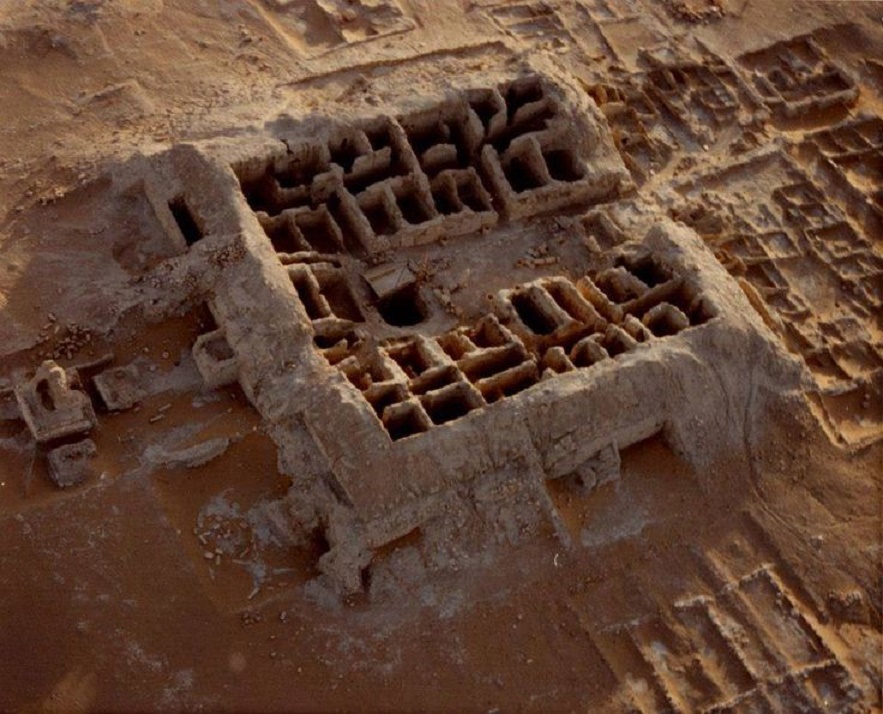Riyadh-Saudi Arabia seeks to revive Al-Faw historic village, which has been considered one of the biggest heritage sites in the country; Al-Faw was the capital of the first Kinda Kingdom, which played an important role in the Arabian Peninsula and represented an important trade center and a station for caravans loading metals, grains, and fabrics.
Al-Faw is located 700 kilometers southwest of Riyadh; its strategic location on the ancient trade route heading south of the Arabian Peninsula to its north towards the Arabian Gulf and northwest of the Peninsula and from there to Mesopotamia and the Levant, helped it enjoy an economic, religious, political, and a cultural importance in the center of the Arabian Peninsula, to become the capital of the Kingdom of Kinda.
Unique architectural style
Archaeological excavations that kicked off 40 years ago showed that the architectural structure in Al-Faw site was composed of a residential area including houses, squares, and routes, in addition to a market zone that comprises facilities and services such as wells, channels, and a caravan station; the residential area was the most important feature in Al-Faw village because it introduces an integrated architectural structure and reflects the aspects of Arabian cities in the Pre-Islamic phase. Residential buildings during this phase enjoyed high-quality architectural designs and its residents were interested in the decoration of their houses’ walls.
Excavations have also revealed myriads of monuments that reflect an advanced civilization with wide trade relations; the historic monuments which were found include potter, stone, glass, silver, and gold containers; silver and gold jewelry; silver and gold coins; epigraphy works and colored mural drawings.
The residential area is one of the most important features in Al-Faw village and it included important aspects of the life of Al-Kinda tribe; apparently Kinda people used wood for doors and roofs and established networks for clean water.
Residents of this village also showed a great interest in writing; traces were found everywhere in their market, in the residential area, on potter containers, and they also used writings in their trade.
Project to rehabilitate Al-Faw Village
Aiming at opening the historic city for visitors, Prince Sultan bin Salman bin Abdulaziz, chairman of the Saudi Commission for Tourism, has hammered a cooperation agreement with Dr. Badran bin Abdul Rahman al-Omar, rector of King Saud University (KSU) to rehabilitate Al-Faw Village.
Prince Khalid bin Bandar bin Abdul Aziz, governor of Riyadh Province, chairman of Riyadh Tourism Development Council inaugurated the rehabilitation project and announced that Al-Faw village will be an open museum that shows the history of Al-Kinda tribe and will contribute to fulfilling many cultural, social, and economic goals in Riyadh.
Prince Sultan added that the village has witnessed many excavation operations, which started 40 years ago under the continuous supervision of Dr. Abdul Rahman al-Ansari.
Dr. Ali al-Ghabban, vice-president of Saudi Commission for Tourism and National Heritage and Supervisor of the Custodian’s Project for Caring of Kingdom’s Cultural Heritage, said that the rehabilitation of Al-Faw will mark an important step especially that this site highlights an important Pre-Islamic era and the lifestyle that was adopted back then.
Commenting on the rehabilitation project, Ghabban said that it aims at transforming the village into a museum and a site to attract tourists, which will contribute to growing the region’s economy and providing many job opportunities.
He added that the project will also include the establishment of a center for visitors that will showcase the discovered monuments in addition to many documentaries on Al-Faw civilization and history.
